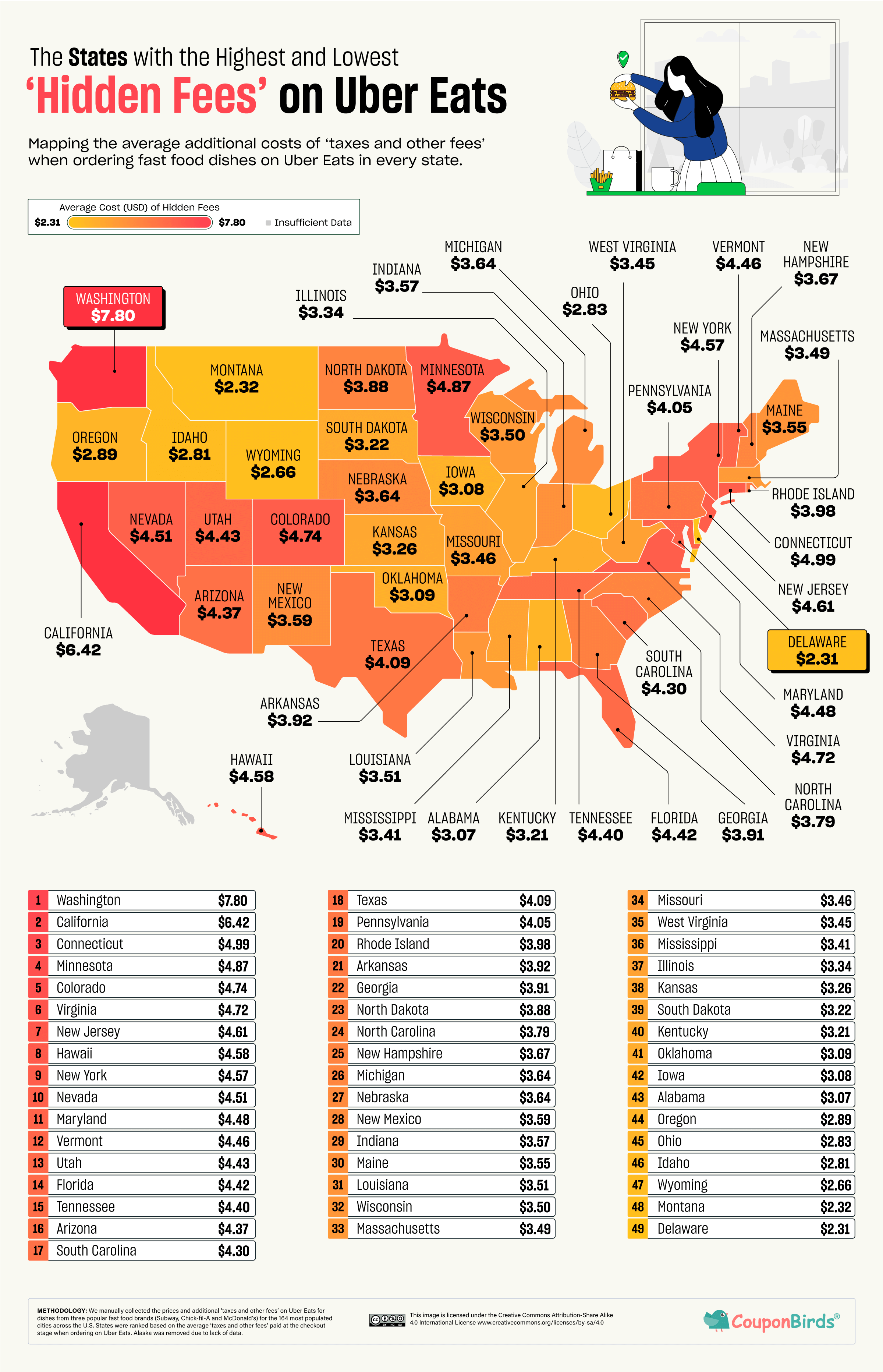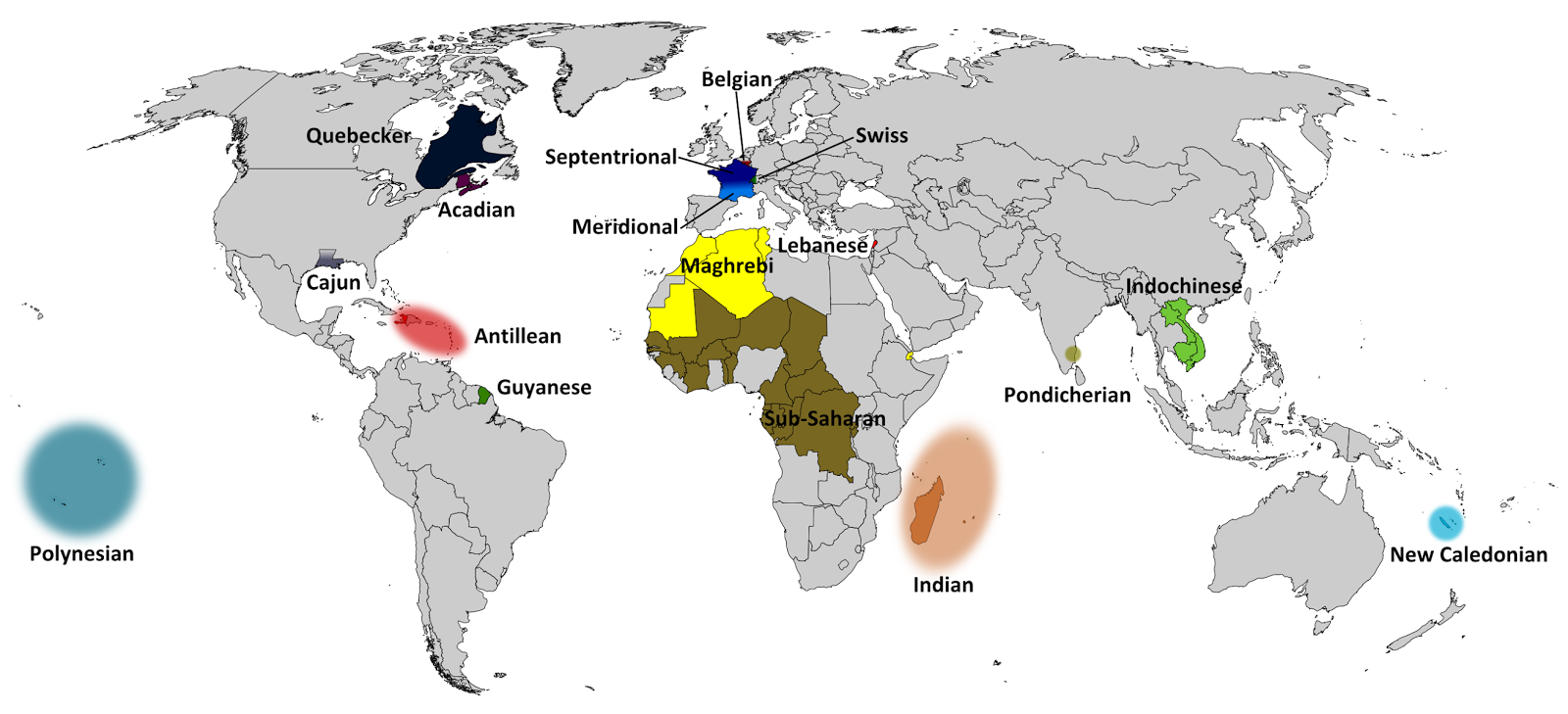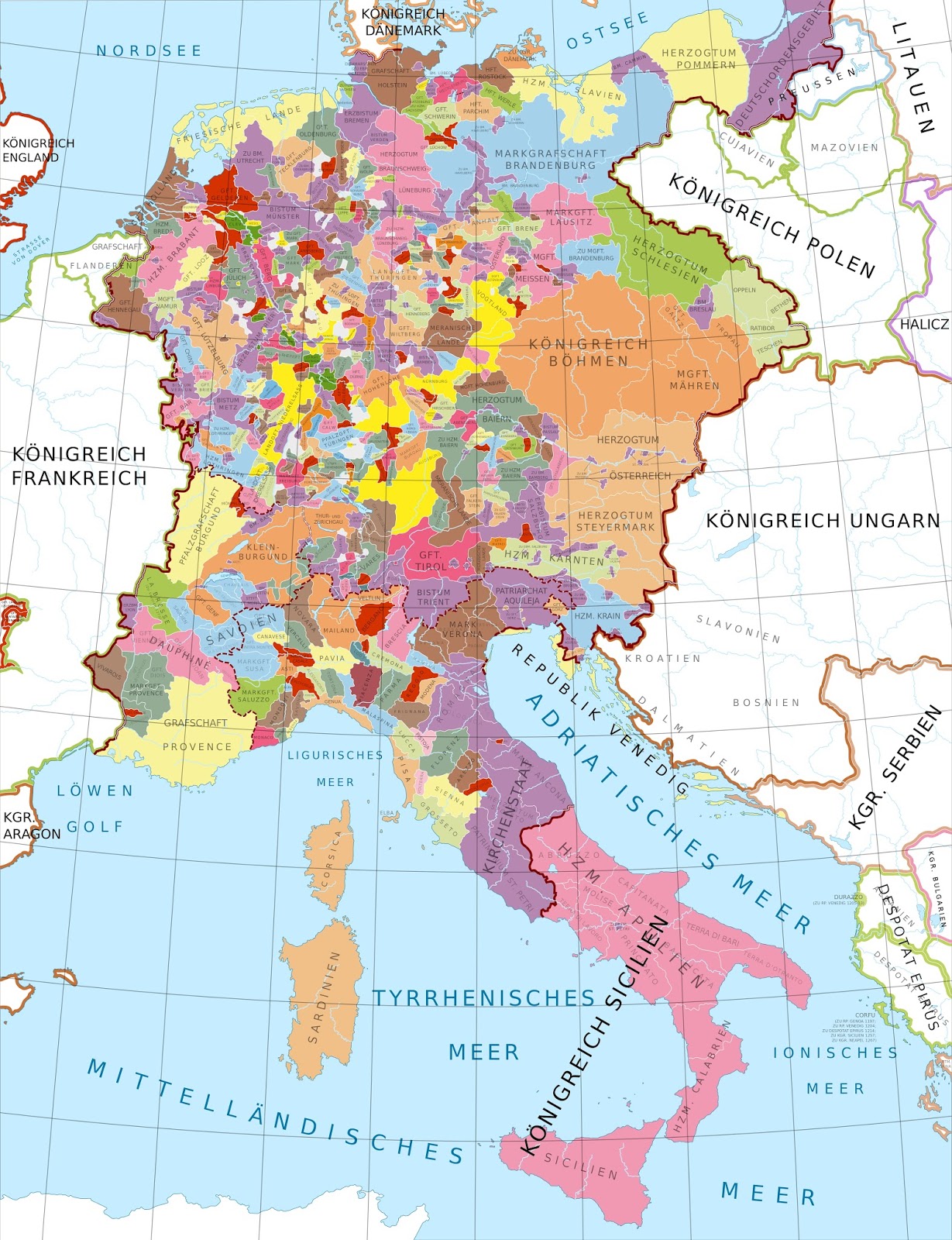How the Spanish Empire could have survived
17 March 1808
Charles IV, king of Spain, scapes Madrid with the royal court in order not to be taken as prisoner by the French troop.
During a temporal stop at Aranjiez, a group of nobles led by Prince Ferdinand invades the Palace of Aranjuez in order to give a coup d’etat and make Ferdinand the new king of Spain.
19 March 1808
Godoy, the prime minister or Spain is found hidden under a mat and taken prisoner by Ferdinand. King Charles is forced to abdicate in his son.
However, during the mutine, Charle scaped dressed as a merchant with the royal family towards the port of Cadiz.
Due to the absence of his father, Ferdinand crowns himself as king.
25 March 1808
Charles reaches Cadiz and is taken in a ship towards La Habana, In Cuba.
French troopes have taken Madrid by now.
Napoleon sends a letter to Ferdinand telling him: “We’ll recognise you as king of Spain if you come to Bayonne.”
Ferdinand accepts.
5 May 1808
Ferdinand is crowned as king of Spain de-jure, however, later that day he is forced to abdicate the crown to Josep, Napoleon,s brother.
Napoleon’s intention is to install a loyal regime in Spain and it’s dominions.
12 June 1808
Charles arrives in La Habana, making him the first Spanish king to ever step on the American lands. He decides to make a trip across it’s dominions, from Mexico to Buenos Aires.
19 July 1808
French troops under general Murat are crushed at Bailen. General Dupont himself is taken prisoner and sent to Majorca, and later to England.
By this date, Charles is at Veracruz, stepping on the American mainland. He calls Viceroy of New Spain to a meeting in the city.
1 August 1808
Joseph, Napoleon’s brother, scapes Madrid fearing the Spanish army is to execute him. French generals abandon all campaigns and evacuate North of the Ebro river.
17 August 1808
The Viceroy on New Spain meets with Charles IV. The Viceroy states that nobles in Mexico and criollos are considered as “second-class” and are not treated equal to those born in Spain proper.
Charles IV accepts giving them the same rights to Peninsular Spaniards and publishes a decree on that.
22 October 1808
French troops evacuate totally noth of the Ebro. Napoleon decides that the invasion of Spain shall be done by himself and not by a general.
Charles decides to move to Lima and place temporary capital there until Madrid is liberated. He receives the news of the French defeat and decides to build up an army in America.
4 December 1808
French troops under Napoleon himself enter Madrid and force the Spanish “government” in the penindsular to retreat to Seville. Charles IV calls officers such as Liniers, leaving Baltasar Hidalgo de Cisneros as a temporary viceroy. Seveal criollos of Peru and Rio de la Plata openly receive the king’s equality decree.
12 July 1809
Baltasar Hidalgo de Cisneros crushes a revolution attempt an Charcas, Bolivia. The defeat of this first revolution attempt in the Americas combined with the presence ot the king causes a step down of revolutionary attempts in the Americas.
Charles IV has recruited an army of 100.000 men by this point and marches to Buenos Aire leaving the army at Lima.
5 February 1810
French troops lay siege to Cadiz, where the Spanish junta of defense is placed. The city is protected by the British fleet.
The visit of Charles IV to Buenos Aires and his meetings with local criollos and military staff in the city convince him that the viceroyalties can defend themselves. He declares that “all viceroyalties” shall be given autonomy from now on.”
19 March 1812
The Spanish government in Cadiz creates a Constitution nicknamed as “La Pepa”. The Constitutuion is extremely liberal and some points match with Charles IV’s personal ideas and changes in mind during his period in America.
26 August 1812
The army recruited in the Americas sets sail towards the Peninsula divided in several squadrons, to be landed in Lisbon and march to Madrid and tate the city. King Charles leads the first squadron.
12 October 1812
The same day Columbus duscovered America, the Spanish American army lands in Lisbon and begins a march towards Madrid. The date was picked to symbolise the unity of two continents in a single nation.
27 October 1812
The French Army of Souham is crushed at Tordesillas by a surprise attack by the Spanish American army. French forces are forced in full retreat.
16 January 1813
Spanish troops storm Northern Spain and force a French evacuation to France itself.
Charles meets with representatives from Cadiz and accepts to follow the Constitutuon approved in Cadiz.
12 August 1813
Bayonne is taken by the Spanish Army. Prince Ferdinand is taken aswell by the army and sent to meet his father at Madrid. By this date, the court has moved completely to Madrid from Lima and Cadiz.
17 December 1813
The First Battle of Toulouse happens, the French manage to hold the city but suffer horrible casualities.
Due to his attempt to make a coup d’etat, Charles IV under Cisneros’ recommendation, denies Ferdinand from taking the throne if Charles dies, leaving the succession to his brothe Charles.
8 January 1814
The Second Battle of Toulouse happens, this time resulting in a Spanish victory. Troops under Manuel Freire begin to march towards Paris.
Charles IV authorises the burning and sacking of French towns in revenge for the attocities the French commited in Spain.
30 March 1814
The Coalition Forces take Paris. The Spanish arrive shortly after and begin sacking and burning houses in Paris. The Coalition troops are shocked by this but commanders such as Von Blucher allow this, knowing of the happenings in Spain.
Paris will burn during a whole week.
Napoleon tries to take over Europe again during the war of the Seventh Coalition, but that results in a disaster, ending the Napoleonic Wars once for all.
Spain remains a stable, liberal and parliamentarian monarchy under King Charles IV consentment. At least, for now…








